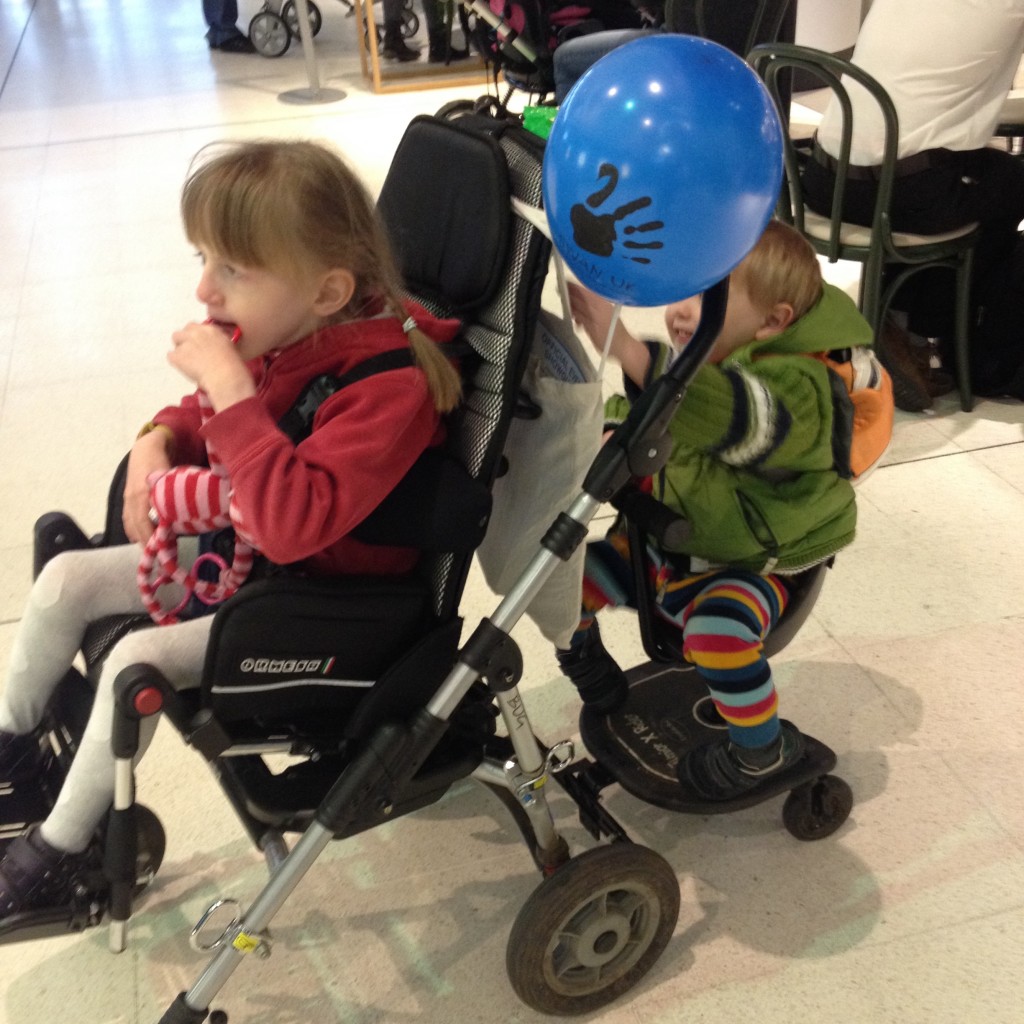Well 2017 has begun with a lot of talk about accessible toilets!
I’m so, so, thankful for Anne Wafula Strike speaking out about her horrible experiences due to lack of accessibility on the train. A culmination of various things, a lack of facilities, a broken toilet, lack of independent access to and from the train, lack of assistance when needed…. lots of layers of accessibility fail.

The fact that this has hit the media is fantastic news to me and fellow campaigners, as so many people live similar problems everyday, and I wonder if maybe we’re seeing part of the solution – accessible design – moving into the mainstream forum?!
Toilets of course are not the most glamourous aspect of building design, but, unless you are just whizzing through, they are pretty fundamental to access. If you go anywhere to work, eat, drink, watch a show or a movie, view some art…. you go there assuming there will be somewhere to go to the loo. I’m not a big fan of a public loo, but I know I would be quite anxious if there weren’t any available!
I can remember once going to a restaurant (a very small one in London) and when we got there we were told all the loos were out of order, but they had made an arrangement with the pub a few doors down, for customers to use the loo there. A satisfactory short term solution!? But it did feel very odd to leave the restaurant, and your friends, mid meal and go out onto the street! I remember silly things going through my head, like should I put my coat back on? Take my bag and/or phone?
I also wonder now, would I have gone if I had known that would be the arrangement? Would I return somewhere if it was?
Fast forward a few years (or 10!) and this is now our everyday scenario.
My daughter J is 6 and my son W is 3. J has developmental & sensory disabilities which mean that she is a wheelchair user and also has continence issues, so wears pads (nappies).
Every day is a broken toilet day for her. Which means that, if we are out together, then every day is a broken toilet day for all of our family.
Anne Wafula Strike’s experience tells us that there are not enough accessible toilets, or in some circumstances the way to get to those toilets is inaccessible, (e.g. when you’re trapped on a train due to lack of ramp, you can’t just hop off to use one at the next station!) however, even when there is an accessible toilet available, it’s extremely unlikely that we’ll be able to access it.
The typical accessible toilet is designed with a whole host of different disabilities in mind, but the position of the fittings is predominantly to enable independent wheelchair users, those who can stand, weight bear or have the upper body strength to transfer from their chair to the loo.
But what if you can’t transfer on your own to the loo or what if (like J) you need a pad changed and cannot stand up to have it done?
Until recently W had the same toileting needs as J does now, and most places we visited as a family provided exactly the facility he needed. A changing table. And, as he was only 2, he fitted perfectly on the changing tables we found. J is 6. J hasn’t fitted on a baby changing table for some time, and even if there was a bench large enough to lay her on, she’s also getting to the stage where she’ll be too heavy to transfer without a ceiling hoist, a stage that many many older children and adults are at now.
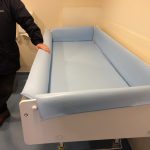
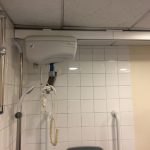 It’s estimated that accessible toilets are inaccessible to at least 1 in 260 people.
It’s estimated that accessible toilets are inaccessible to at least 1 in 260 people.
There is one toilet in our city centre (Cambridge) that we can use. Only one registered changing places toilet. In fact we did a little bit of filming with the BBC Look East in there last week! Oh, the glamour of TV!
It’s the only toilet in the city centre that isn’t ‘broken’ to us – but, brilliant as it is to have it available, it’s not in a location you would go. The only way to get to it is to leave the place you are visiting, eating, viewing and walk to the shopmobility office in a shopping centre car park. In fact, I do not know of a single place we could go in Cambridge where the toilet is accessible to us.
I’m really keen to understand why there’s not a greater range of facilities in more places. A more inclusive provision in buildings that people go to, places that people visit.
So if you’re in the building design, construction or management industries I’d be really grateful if you’d complete and share my survey to help me gather views on the accessible toilet guidance available, and any improvements that could be made in design and legislation. (Edited to add: Survey now closed)
I’m looking for feedback from people in all sectors of the building industry, whether you have specific experience or expertise in accessibility or not (in fact the wider the range of experiences the better!).
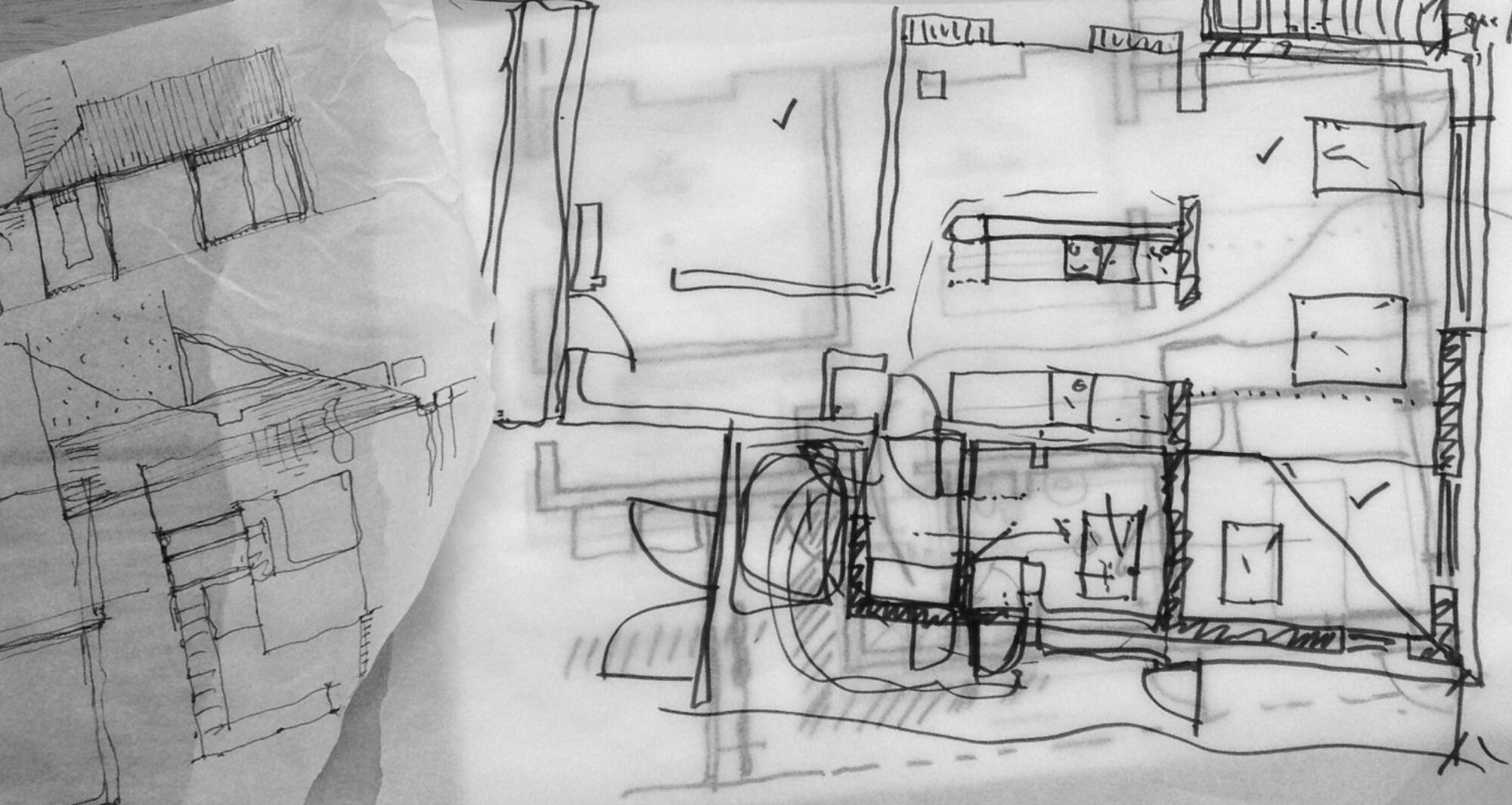
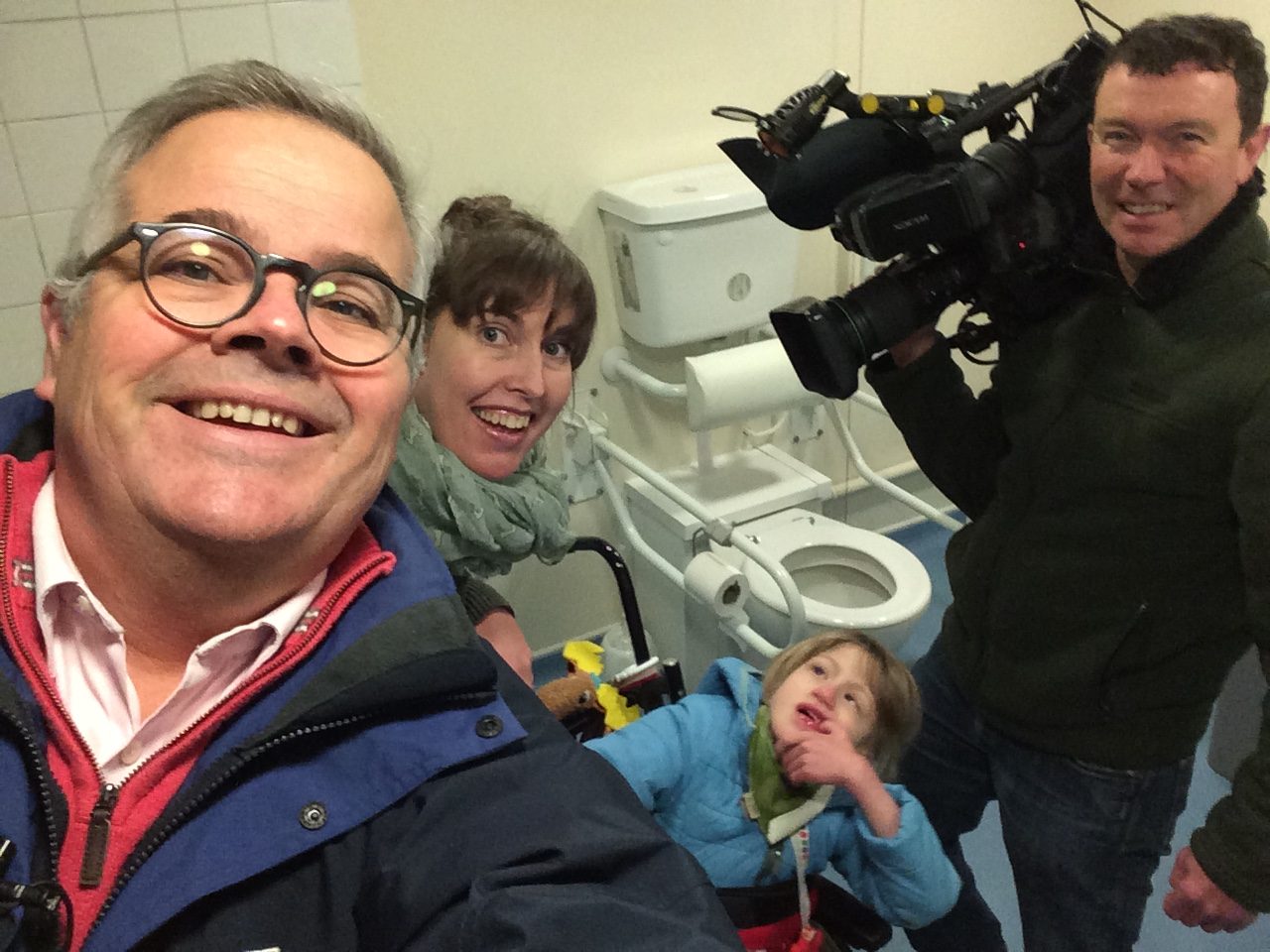
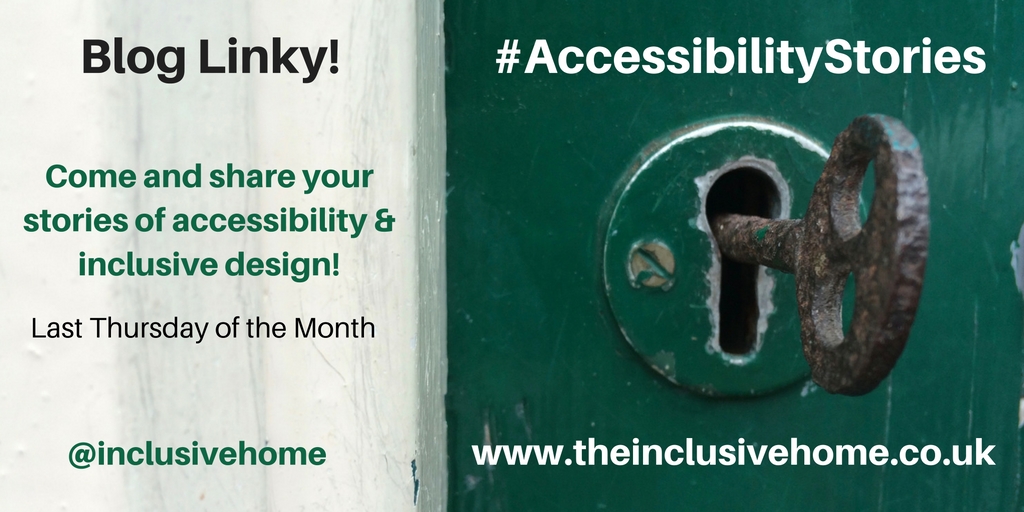
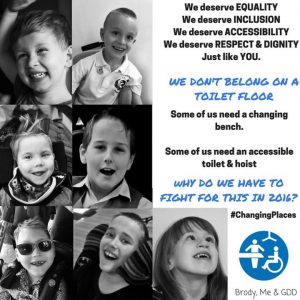
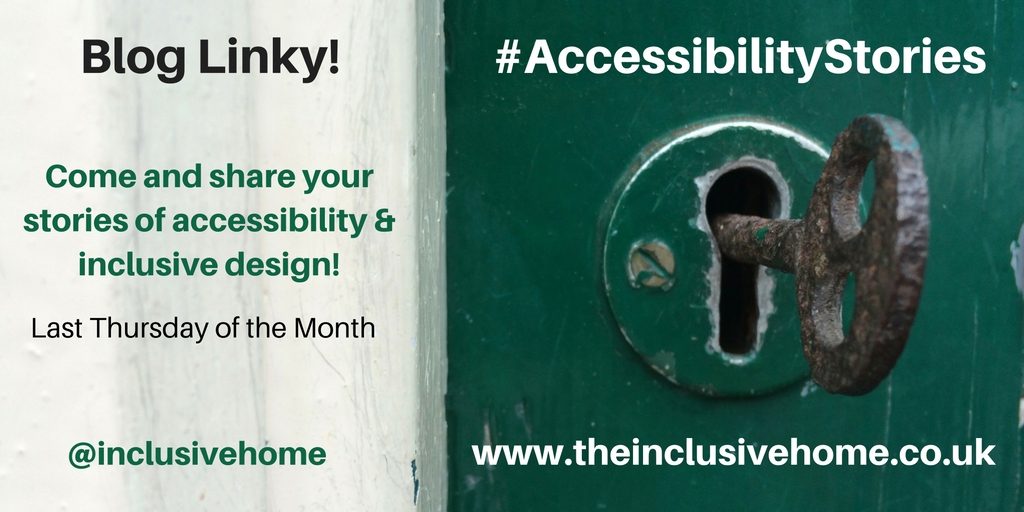
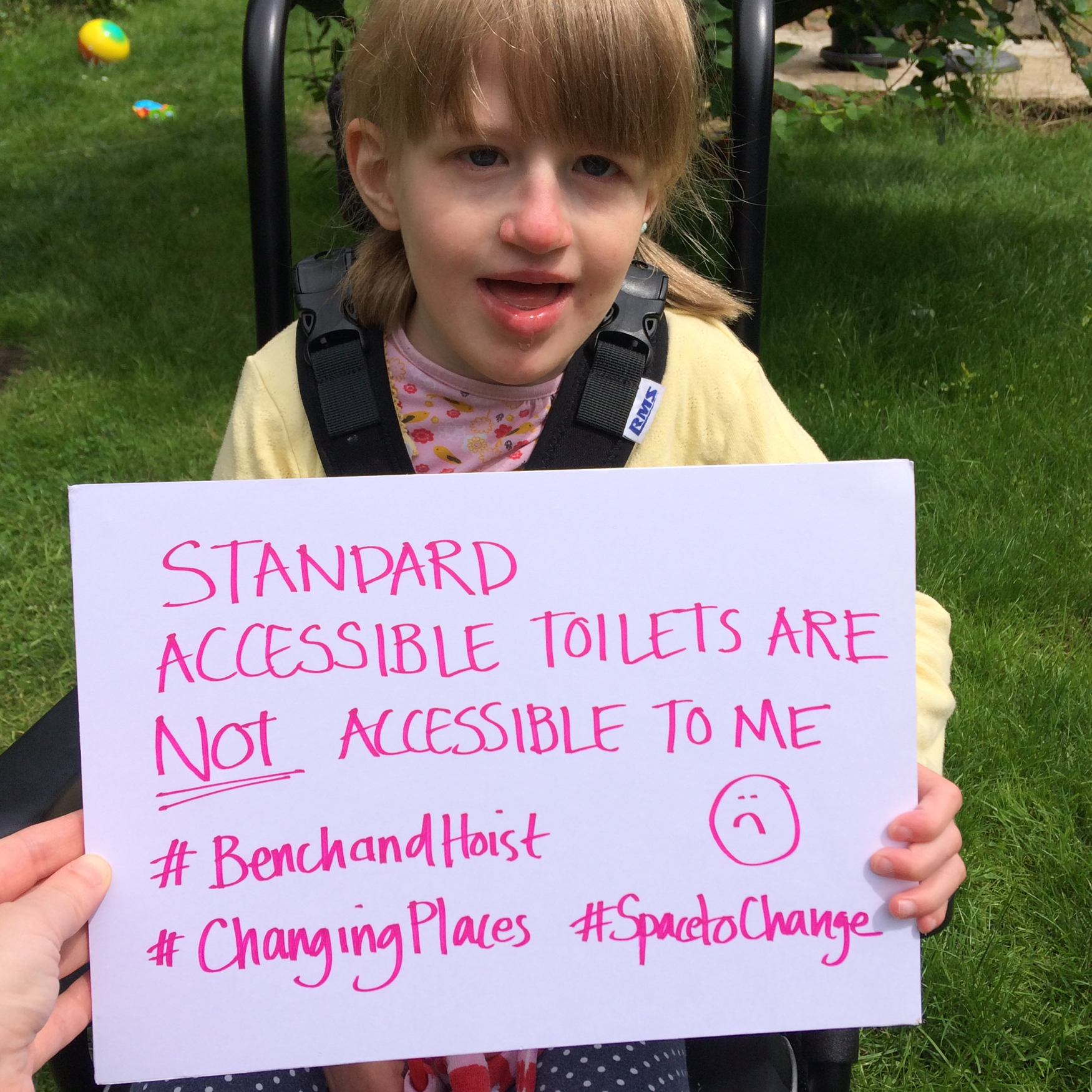
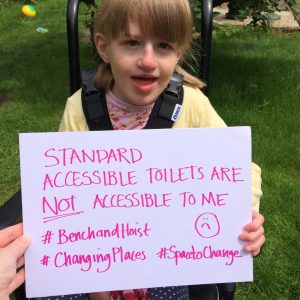
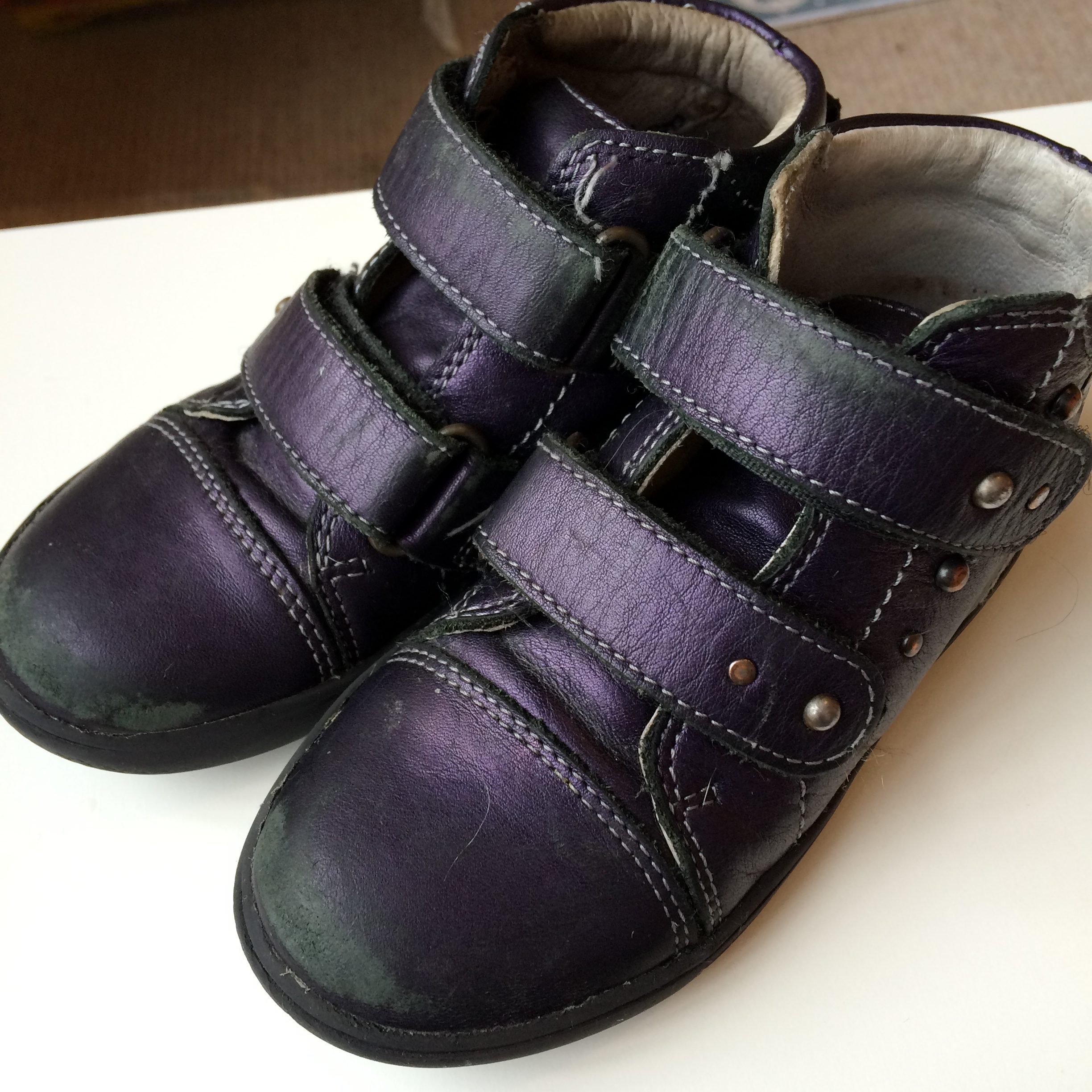

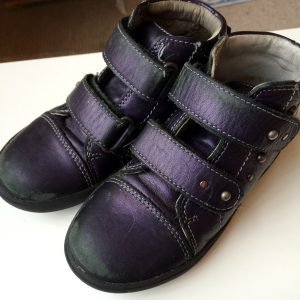


 It’s a bit of a trek for us (about 1.5/2 hours), but there just isn’t anything else quite like it closer to home (…..if only there was a Kidz East – hint hint!!).
It’s a bit of a trek for us (about 1.5/2 hours), but there just isn’t anything else quite like it closer to home (…..if only there was a Kidz East – hint hint!!).